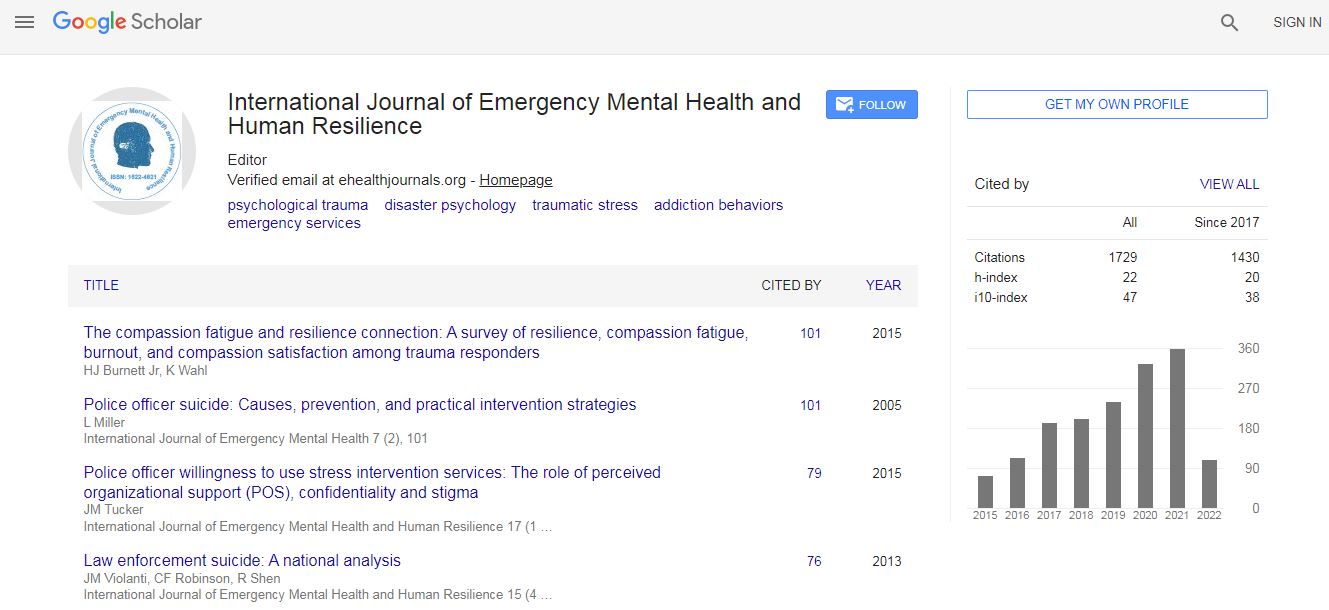Research Article
Major Depressive Disorder and Heroin-dependent Patients Share Decreased Frontal Gray Matter Volumes: A Voxel-Based Morphometry Study
Tumbwene Elieza Mwansisya1,2, Huiran Zhang1, Zhang Wang1, Guowei Wu1, Aimin Hu1, Peng Wang1, Chang Liu1, Haojuan Tao1 and Zhening Liu1*
1Mental Health Institute of the Second Xiangya Hospital, Key Laboratory of Psychiatry and Mental Health of Hunan Province, Central South University, Changsha, Hunan 410011, China
2College of Health Sciences, University of Dodoma, P.o Box 395 Dodoma, Tanzania
- *Corresponding Author:
- Zhening Liu
Mental Health Institute of the Second Xiangya Hospital
Key Laboratory of Psychiatry and Mental Health of Hunan Province
Central South University
Changsha, Hunan 410011, China
E-mail: zningl@163.com
Abstract
Background: Heroin addiction has been occurring in comorbidity with depression. These conditions are thought to result from common neurobiological basis. However, to date, little is known on the common volumetric changes in the multiple gray matter regions in these two patients groups.
Methods: The study comprised samples of 15 depressed patients, 15 heroindependent subjects and 15, age- and sex-matched healthy controls. The gray matter volumes (GMV) abnormalities of these samples were identified and compared among them by using voxel-based morphometry method. The two resulted images were interpolated to locate the common areas of GMV alterations in the two subjects groups.
Results: Common GMV abnormalities were found in superior frontal gyrus (SFG), right Middle prefrontal cortex (MPFC) and Middle frontal gyrus (MFG) in both heroin-dependent subjects and patients with depression. Moreover, we found decreased GMV in MPFC to positively correlate with HAMD scores. The decreased GMV in SFG was found to be positively correlated with daily doses of heroin in patients with heroin addiction.
Conclusions: The Common disruptions of GMV in frontal lobe might be the neuroanatomical substrate for impairments of motivational drive, decision-making and behavioral control that characterizes individuals with heroin dependence and depression.

 Spanish
Spanish  Chinese
Chinese  Russian
Russian  German
German  French
French  Japanese
Japanese  Portuguese
Portuguese  Hindi
Hindi 